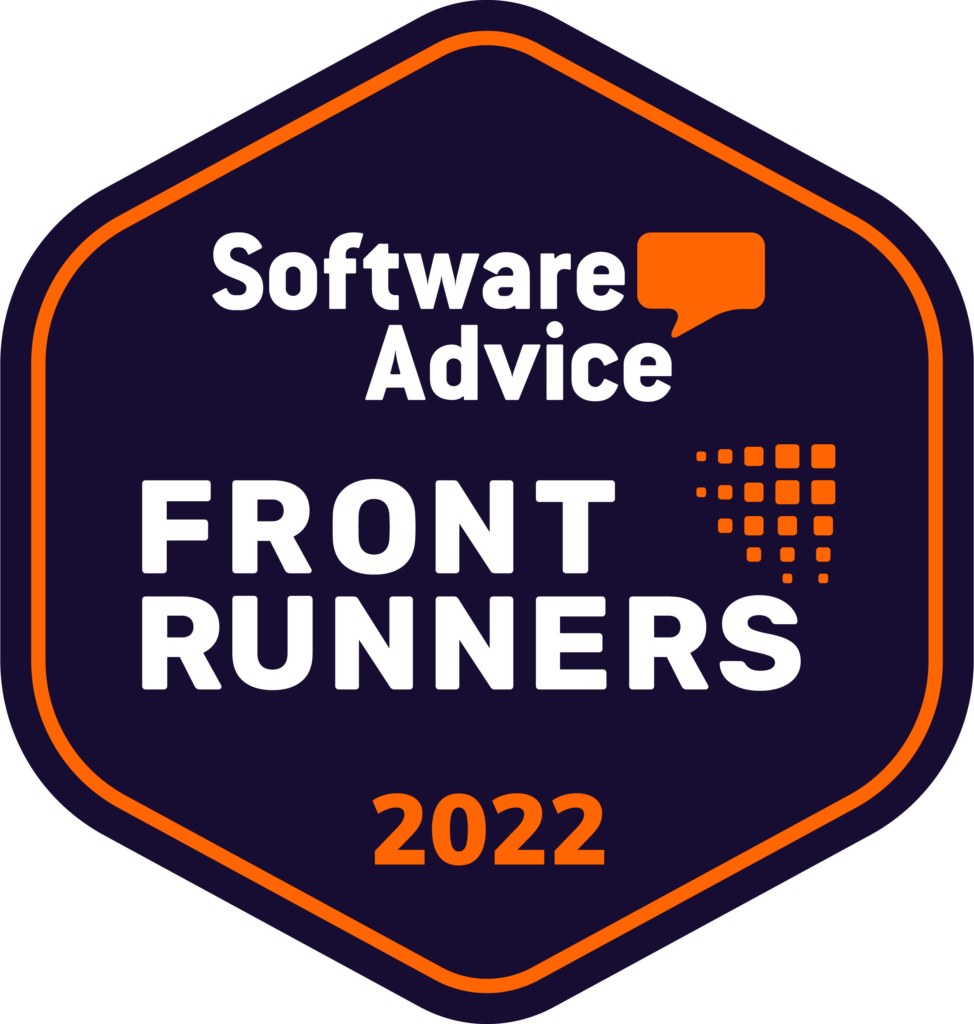With social media platforms serving as the digital equivalent of the stage, where first impressions matter and our visual fantasies are the stars. No matter whether you’re a seasoned veteran, an emerging brand, editing photos for social media is essential.
This guide will take us through the tools and skills we need to take our photos from unconscious snaps to eye-catching illustrations, all designated to awe and increase our social media followings.
Criteria for High-Impact Photos
Before diving into photo editing for social media, the selection of your raw material—your photos—is pivotal.
High-impact photos typically share certain qualities:
- Clear subjects
- Compelling composition
- And an emotive undercurrent
These images should tell a story or invoke a feeling, capturing the viewer’s interest at first glance.
Aligning with Your Brand
For brands, consistency in style, tone, and color palette establishes a recognizable identity. For personal use, one can value authenticity and spontaneity, so the leading criterion is the photos that demonstrate cherished moments.
However, they should resonate with images of the public identities that your target audience is associated with or wants to be.
Cropping for Composition
Cropping can drastically alter a photo’s impact, allowing you to tailor the composition, highlight your subject, and remove unwanted distractions.
Its purpose is twofold: to enhance the photo’s aesthetic and to ensure it aligns with platform-specific requirements.
Using an Online Photo Cropper
For those without access to professional software, the online photo cropper offered by Watermarkly would be a user-friendly alternative, enabling swift adjustments and previews of your cropped image.
This tool not only ensures your photo is social media-ready but also allows for creative reimagining of your visual content.
Adjusting Exposure and Contrast
Exposure – it goes without saying that your photo should not be too dark or overly bright, with the proper exposure, the contrast adjustment makes the photos more saturated and alive.
Firstly, alter the picture’s entire brightness; by then, you can play with the shadows and highlights to get the right effect. It should still look as natural as possible and be sharp.
Perfecting Colors with Saturation and Temperature
Adjusting saturation enhances the vibrancy of your photo without oversaturating it to the point of artificiality. Temperature control, on the other hand, can alter the mood of your photo, with cooler tones offering calmness and warmth creating a cozy, inviting atmosphere.
Fine-Tuning with Sharpness and Clarity
Sharpness brings out the detail in your photos, making them appear crisper, while clarity adjustment adds depth, emphasizing textures and contrasts. However, moderation is key; over-sharpening can lead to an unnatural appearance and excessive noise.
Applying Filters and Effects
Filters are more than just an easy way to change the overall look of your content with a single click; they’re a way to make your social media feed more consistent.
The proper filter should emphasize your photograph’s natural characteristics while still remaining consistent with your target aesthetic. Try a few different styles, but always strive for a consistent look for your whole feed.
Removing Blemishes and Distractions
Spot healing tools are indispensable for creating polished images. Remove blemishes and other unwanted elements from the pictures, including stray objects or distractions.
Professionals working on this step will ensure that nothing draws all the attention away from the subject. Without polishing your photo in this way, you will never achieve professional quality.
Adding Texts and Graphics (Optional)
Text overlays and graphics can add a layer of context or branding to your images. Whether it’s a call-to-action, a witty caption, or your logo, the placement and design of these elements should complement, not overtake, the photo itself. Choose fonts and graphics that align with your brand identity and the photo’s vibe.
Optimizing for Each Social Media Platform
Every platform has specific rules on what the optimal photo or graphic size and aspect ratio should be. Abiding by them means your picture will not be cut or blurred in a particular place, and everything you roughly want your viewers to see will be.
Export the image in a suitable format and resolution according to a platform, so they do not lose quality and are not very heavy. Well-organized files and naming will help you keep track of them and get to your content right away.
Conclusion
Editing photos for social media is about to become a spree of creativity and experimentation rather than a routine. The transformation from the raw image to a finished masterpiece ready to be uploaded to social media is a journey of exploration.
It will let you reflect your vision, style, and personality in each post. And you will portray vision, style, and personality in your every upload so revel and speak through your photos.







